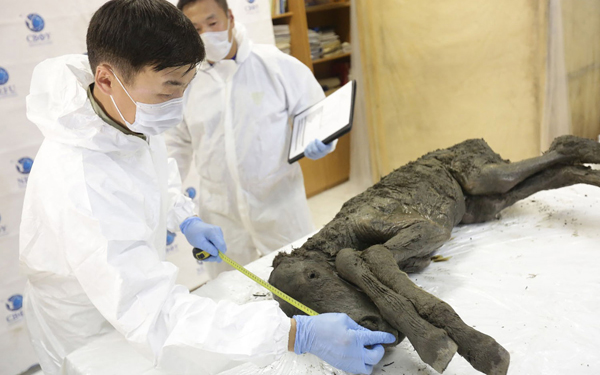
A team of scientists in Siberia is hopeful that a mummified 40,000-year-old baby horse can provide critical genetic material for cloning the extinct ice-age species.
But experts told Live Science that they are skeptical that the scientists will be able to find viable DNA on the body at all, let alone overcome the enormous challenges of cloning a species that’s been extinct for millennia.
Revived after millennia?
The preserved foal’s body was discovered in August and was excavated from melting permafrost in the Batagaika crater in Yakutia, a region in eastern Russia. Researchers working with the frozen remains recently told The Siberian Times that they are investigating whether the remains will yield living cells that could be used to clone the ancient baby horse.
According to The Siberian Times, one of the scientists involved in the analysis of the mummified horse is Woo-Suk Hwang, a stem-cell researcher and cloning pioneer from South Korea. Hwang, a former professor at South Korea’s Seoul National University, came under fire in 2006 for falsifying data, and was convicted three years later of bioethical violations and embezzlement, Nature reported in 2009. He now helms Sooam Biotech Research Foundation, a South Korean company that researches and performs animal cloning — primarily dogs, Live Science previously reported.
By Mindy Weisberger – Full Story at Live Science


